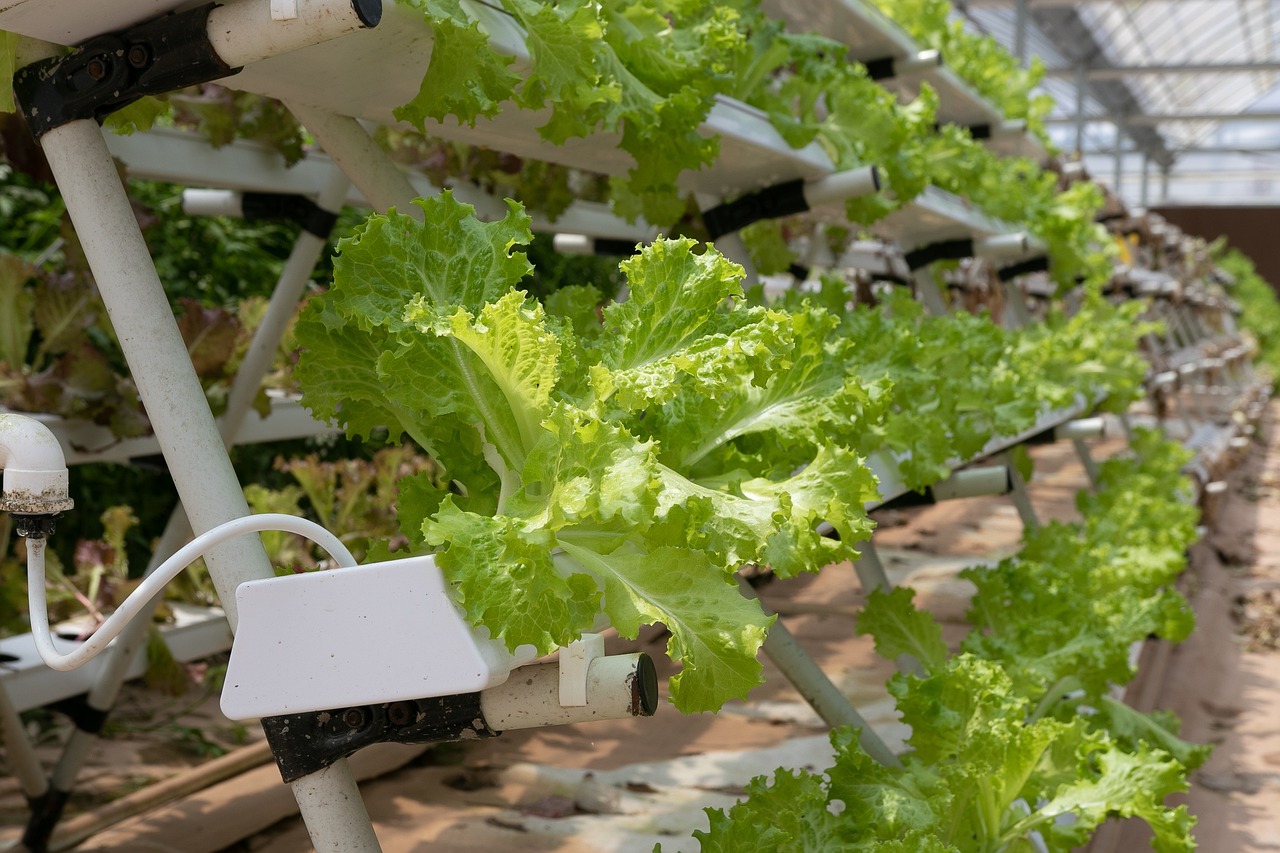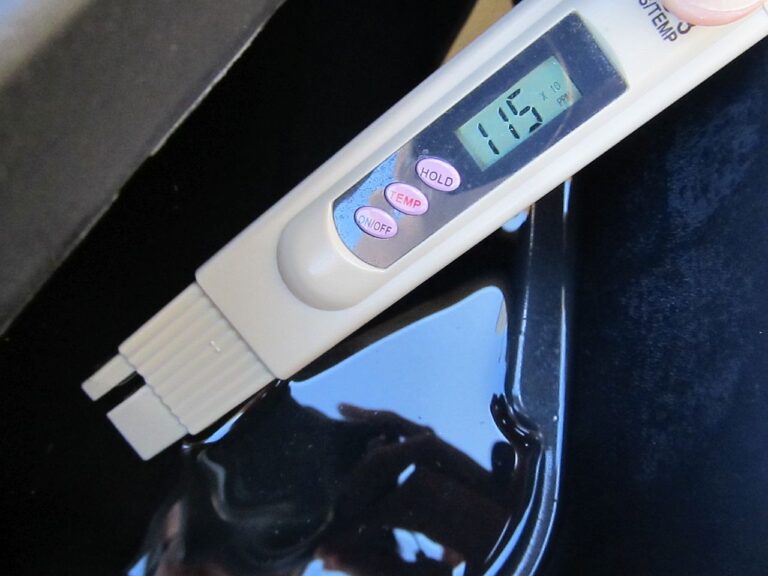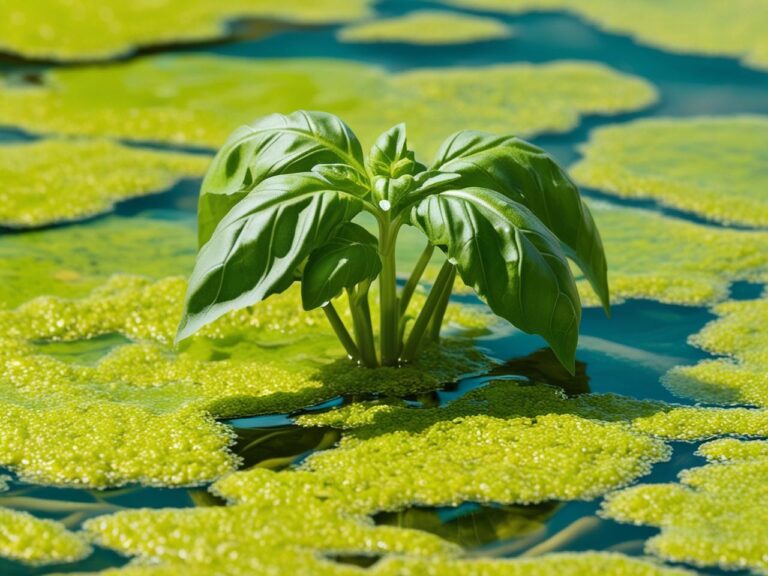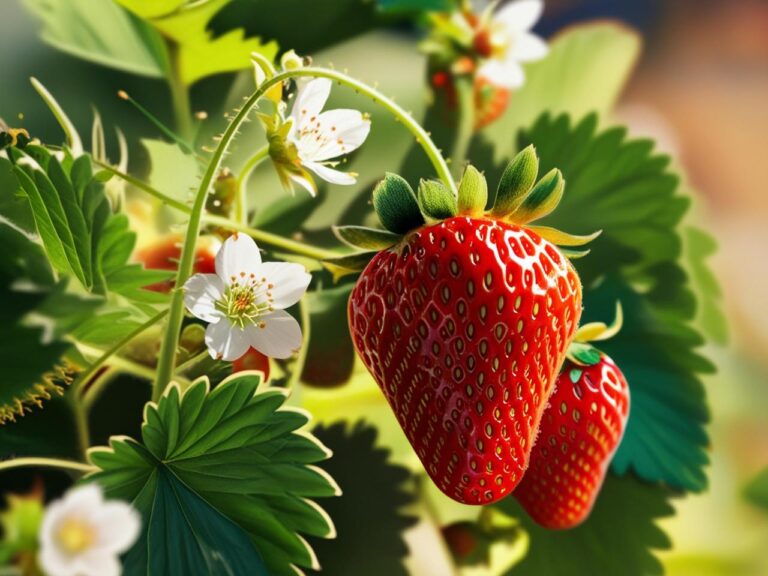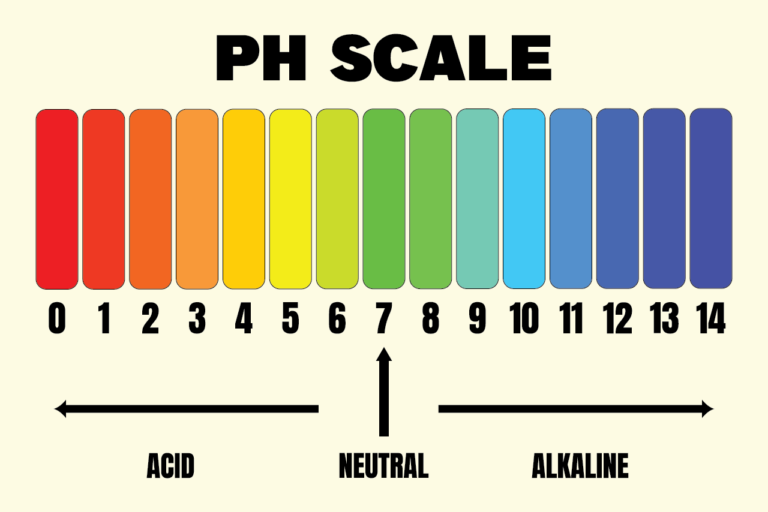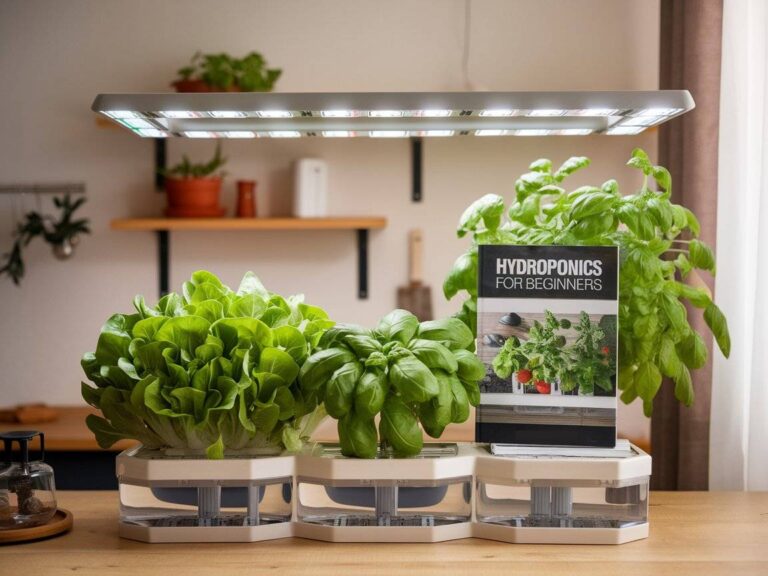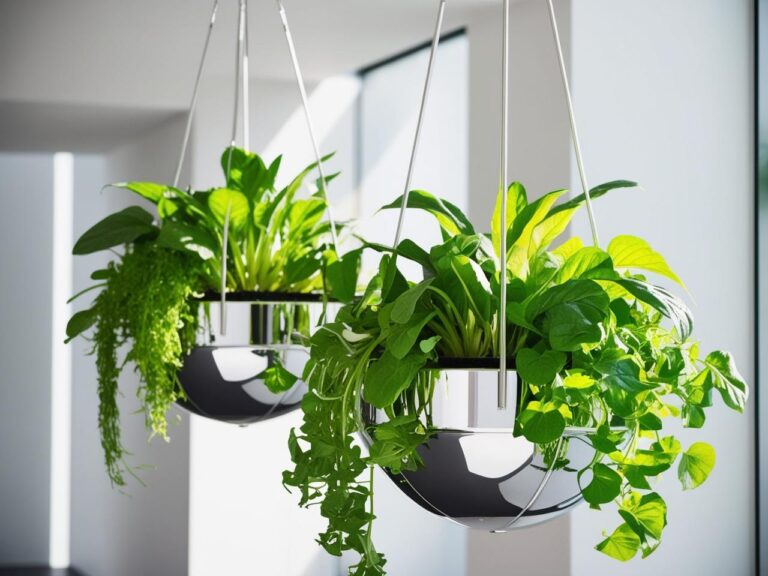The Best Hydroponic Plants for Beginners
When starting with hydroponics, the thought of growing plants without soil can feel a bit intimidating. But here’s the secret: it’s not as complicated as it seems, especially when you start with beginner friendly plants. Some plants are just easier to grow hydroponically than others, and choosing the right ones can set you up for success. In this guide, I’ll walk you through the best hydroponic plants for beginners, so you can grow with confidence and enjoy fresh, home-grown produce in no time!
1. Leafy Greens
If there’s one category of plants that loves hydroponics, it’s leafy greens. They grow quickly, require minimal maintenance, and thrive in the controlled environment of a hydroponic system.
- Lettuce – Lettuce is often the go-to for beginners because it’s fast-growing and can be harvested continuously. You’ll have fresh salads ready to pick within a few weeks!
- Spinach – Another fantastic choice, spinach thrives in cooler conditions and grows well with basic hydroponic systems.
- Kale – A nutritional powerhouse, kale is hardy and grows well in hydroponic setups. Plus, it can handle a little neglect, making it perfect if you’re still learning the ropes.
Pro Tip: Leafy greens don’t need intense light, so they’re great for smaller systems or lower-light environments.
2. Herbs
Herbs are some of the easiest plants to grow hydroponically. They don’t take up much space, they grow quickly, and they’re super handy to have around for cooking!
- Basil – Basil grows like wildfire in hydroponic systems, and once it gets going, you’ll have more than enough for homemade pesto and garnishing all your favorite dishes.
- Mint – Mint is nearly impossible to kill, making it an ideal beginner plant. Just be aware it spreads fast, so keep it trimmed to prevent it from taking over your garden.
- Cilantro – Love it or hate it, cilantro grows well in hydroponics and is a great addition to your salsa garden.
- Parsley – Parsley grows steadily in hydroponic systems and is perfect for those who want a reliable herb to use in everything from sauces to salads.
- Thyme – This flavorful herb is another easy grower. It’s low maintenance and adds a nice touch to your herb garden.
- Celery – Great for soups. Easy to grow.
Pro Tip: Herbs typically don’t require as many nutrients as larger plants, so you can start with a more diluted nutrient solution to avoid overfeeding.
Different plants require specific pH ranges. To learn more about managing pH for healthy plants, check out our guide on Understanding Hydroponic pH Levels and How to Manage Them.
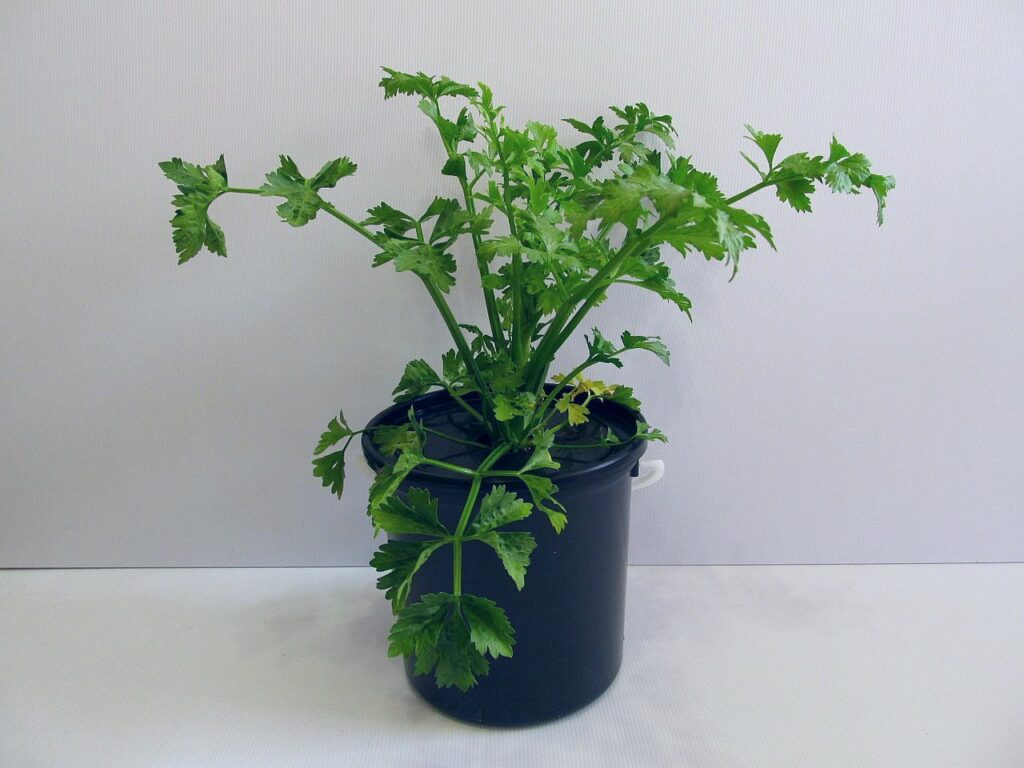
3. Strawberries
Who doesn’t love fresh strawberries? Hydroponic systems make it possible to grow these sweet treats year-round, even if you don’t have much outdoor space.
How to grow: Strawberries require a bit more care when it comes to lighting and nutrient balance, but they’re very rewarding once you get the hang of it. Like tomatoes, they need plenty of light and a well-aerated system to prevent root issues.
Pro Tip: Strawberries can be grown in vertical hydroponic systems, which saves space and allows you to grow more plants in a small area.
Related: Easiest and Cheapest Hydroponic System You Can Start Today
4. Peppers
Peppers are another great option for beginners who want to move beyond herbs and leafy greens. Whether you like them sweet or spicy, hydroponics is a fantastic way to grow peppers in any climate.
How to grow: Start with smaller varieties like bell peppers or jalapeños, as these are easier to manage in a hydroponic setup. Peppers need a lot of light (at least 10–12 hours a day) and prefer warm temperatures, so make sure you have a good lighting system in place.
Pro Tip: Peppers love calcium, so make sure your nutrient solution contains a good amount to keep your plants thriving.
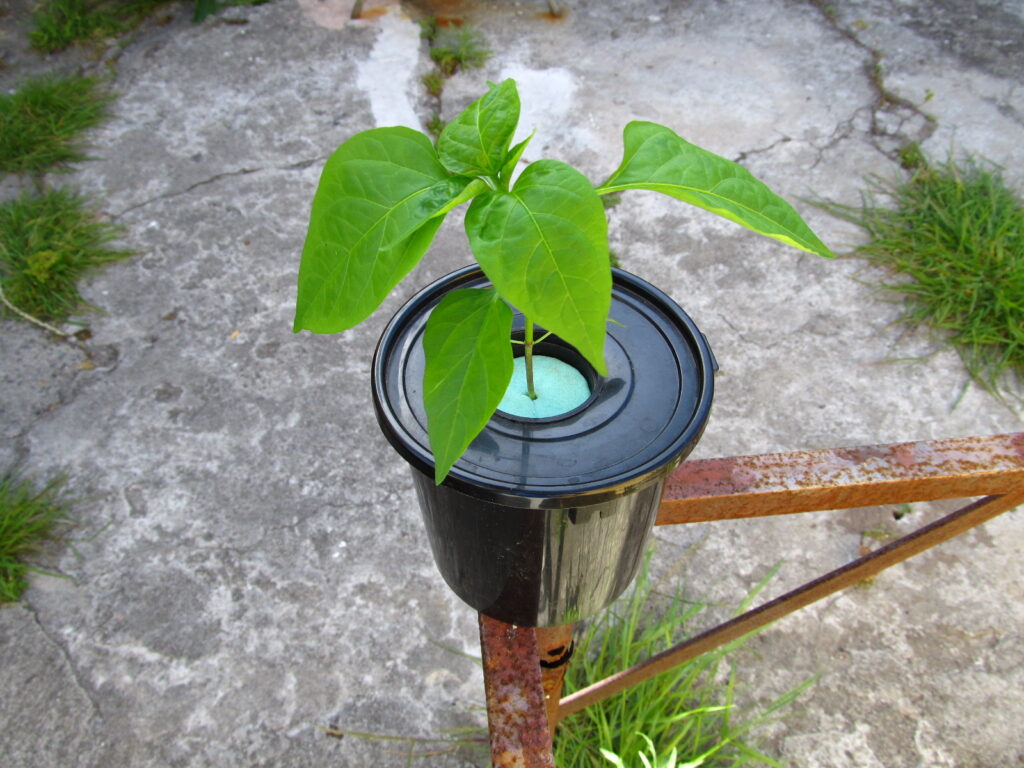
5. Tomatoes
Tomatoes are a bit more challenging than leafy greens or herbs, but they’re totally doable for beginners with a little patience. The payoff? Fresh, juicy tomatoes right from your home garden.
How to grow: Start with a smaller, determinate variety like cherry or Roma tomatoes, which are easier to manage. Make sure your plants get plenty of light (12–16 hours a day) and support them as they grow, as tomatoes tend to get top-heavy.
Pro Tip: Tomatoes are heavy feeders, so you’ll need to monitor nutrient levels closely and adjust as needed. They also thrive with consistent air circulation, so make sure your hydroponic setup has proper ventilation.
Related: One major challenge for tomato growers is blossom end rot. Here’s what causes it and how to fix it.
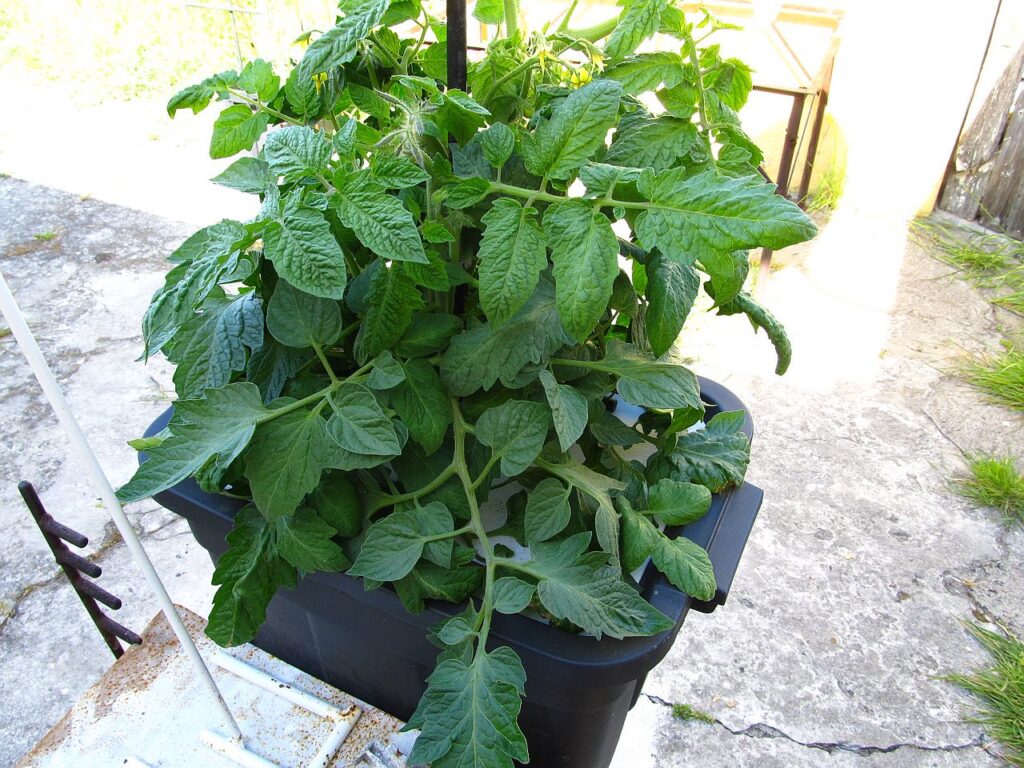
6. Cucumbers
Cucumbers are vining plants that love water, which makes them an ideal match for hydroponic systems. They grow quickly, are fairly low-maintenance, and produce a lot of fruit, making them a rewarding choice for beginners.
How to grow: Pick a bush variety if you’re limited on space. Cucumbers need support, so you’ll want to set up a trellis or some kind of structure for the vines to grow on.
Pro Tip: Make sure your cucumbers get enough light (around 12–14 hours a day) and are in a system with good ventilation to avoid mold and mildew.
7. Squash
Squash may not be the first plant that comes to mind for hydroponics, but it’s actually a great option for beginners, especially if you’re looking to grow something a little larger and more substantial. Varieties like zucchini and yellow squash thrive in a hydroponic environment and can produce a bountiful harvest.
How to grow: Squash is a vining plant, so you’ll need a sturdy trellis or support system as it grows. It prefers plenty of light (at least 12–14 hours a day) and a consistent nutrient supply. Squash plants grow quickly and can be quite large, so make sure you have enough space in your system.
Pro Tip: Squash plants can sometimes get powdery mildew, especially in humid environments. Make sure you have good air circulation and avoid getting the leaves wet to prevent this issue.
Choosing the right plants is just the start, avoiding these Common Hydroponic Mistakes will help ensure they thrive in your system.
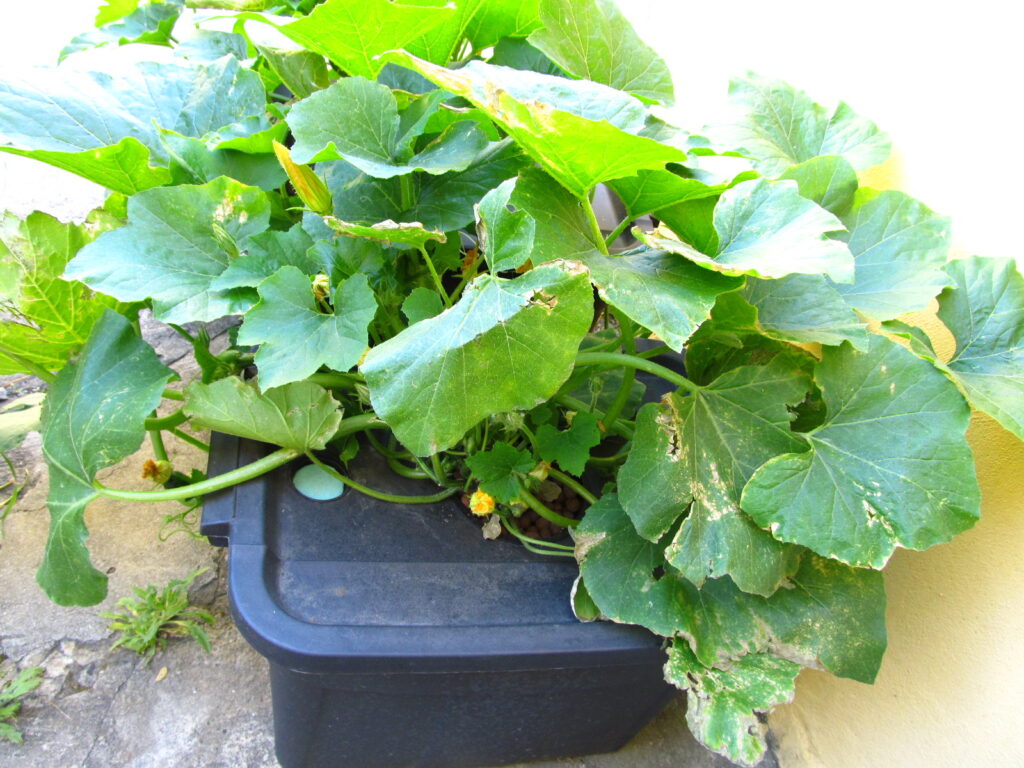
F.A.Q
What are the fastest-growing hydroponic plants?
Lettuce, spinach, basil, and arugula (rocket) are among the fastest growing hydroponic plants, with some varieties ready for harvest in as little as 3-4 weeks.
What is the best hydroponic garden for beginners?
A Kratky system or deep water culture (DWC) setup is ideal for beginners, as they are simple to set up, require minimal maintenance, and work well with various plants.
What is the easiest vegetable to grow hydroponically?
Lettuce is the easiest vegetable to grow hydroponically, thanks to its fast growth rate, minimal space requirements, and low nutrient demands.
What is the lowest maintenance hydroponic system?
The Kratky method is one of the lowest maintenance systems, as it’s a passive system that doesn’t require pumps or regular water circulation.
What is the simplest hydroponic system?
The Kratky system is the simplest, as it doesn’t require electricity or moving parts, just a container, water, and nutrients.
What is the cheapest growing medium for hydroponics?
Gravel, Leca clay pebbles and perlite are among the cheapest growing mediums, providing good aeration and support at a low cost.
How long does lettuce take to grow in hydroponics?
Hydroponic lettuce typically takes 3 to 4 weeks from seedling to harvest, depending on the variety and growing conditions.
How fast do tomatoes grow hydroponically?
Hydroponic tomatoes can reach maturity in 8 to 12 weeks, with faster growth under ideal conditions and proper lighting.
What makes hydroponic plants grow faster?
Hydroponics provides direct access to nutrients, water, and oxygen, promoting faster growth and allowing plants to focus energy on foliage and fruit.
What does not grow well hydroponically?
Plants with deep root systems or heavy soils, like potatoes, carrots, and onions, generally do not grow well in hydroponic setups.
Conclusion
Starting your hydroponic journey doesn’t have to be complicated, especially if you choose the right plants to grow. Leafy greens like lettuce and spinach, hardy herbs like basil and mint, and even fruiting plants like tomatoes and strawberries can all thrive in a hydroponic setup. The key is to pick plants that match your system and skill level, and to give them the proper care, light, nutrients, and a little bit of attention.
Hydroponics offers an exciting way to garden, whether you’re short on space, live in an area with poor soil, or just want a new challenge. So, pick a few beginner friendly plants and get started! You’ll be harvesting your own fresh produce before you know it. Happy growing!

